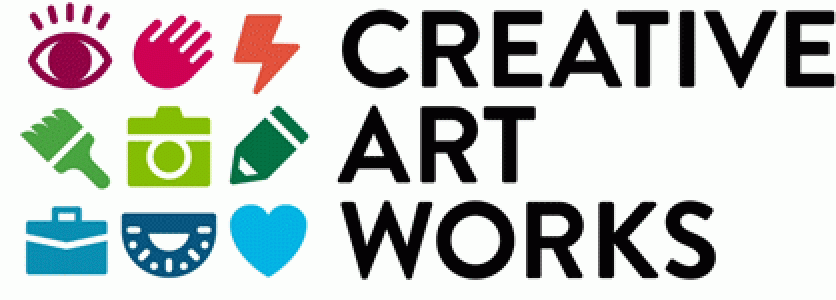Creatives play an important role in society. Through their work they reshape representation and shape our perspectives towards various issues in society.

photocredit: kb mpofu
It is important to look at this with a wider lens and examine the role of art, photography, music, and creativity in our society. Our political, economy and social landscape is evolving in a way that constantly puts less and less value on creative endeavors such as art and music. This is in spite of what I believe to be a strong case for these activities as not only a key element to a healthy society, but an important driver of our economy.

The Role of Art and Creatives in Society
“Art is not what you see, but what you make others see.”-Edgar Dega
Art – modern art – contemporary art – all art, no matter what its era or its form, does what it is always has. Art acts as a mirror of culture.
Creatives make sense of the world through Art. They intuit what’s about to arise, and they magnify what is going on. Then they show these things to us in non-linear languages so that we can absorb them and be deepened.
Everything deep that we experience – love, hope, faith, courage, etc. -all the things we truly care about happen in nonlinear ways. So we need ways to access these experiences and to communicate them thus Art acts as a channel of communication to these experiences.
Art is also a cultural language that can contribute to articulating the feelings and experiences of the people in their quest for a peaceful and just society. Therefore, the approach to art should be from the standpoint of the individual, as well as from that of the social group. On the other hand, art education is a means of securing mental and emotional balance in living. This in turn makes an artist one who has the ability and desire to transform his visual perception into expression in a material form.
Since art is also a synthetic, its influence on the new social order is constructive. Today, Zimbabwe continues to have numerable creatives who have been leading by example, giving back to society; Creatives who have been uplifting the aspiring young and upcoming as well as the struggling established creatives.
“The principles of true art are not to portray, but to evoke”-Jerzy Konsinski
To conclude the creative industries have been growing as fast as the national economy. As the creative sector grows in importance, the role of arts and culture as an incubator of talent will be better understood.
The creative economy which includes design, new media, photography and performing arts, publishing and visual arts is not only one of the most rapidly growing sectors of the world economy, it is also a highly transformative one in terms of income generation, job creation and export earnings.
While creating jobs, creative economy contributes to the overall well-being of communities, individual self-esteem and quality of life, thus achieving inclusive and sustainable development.






